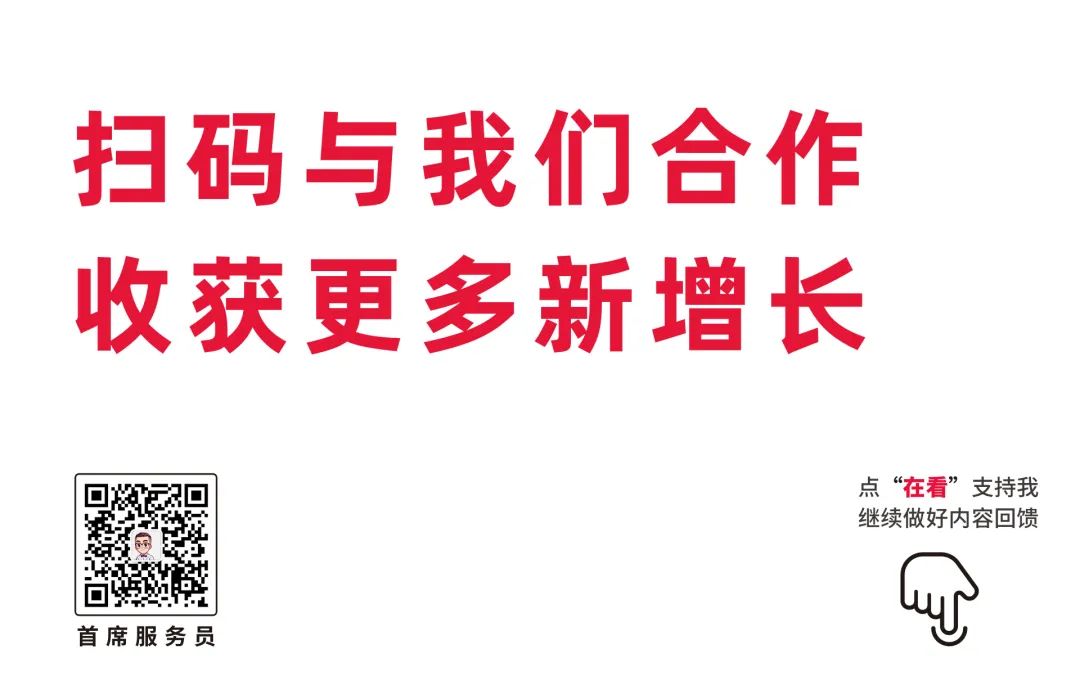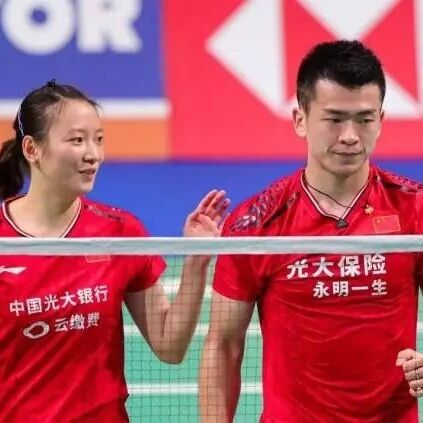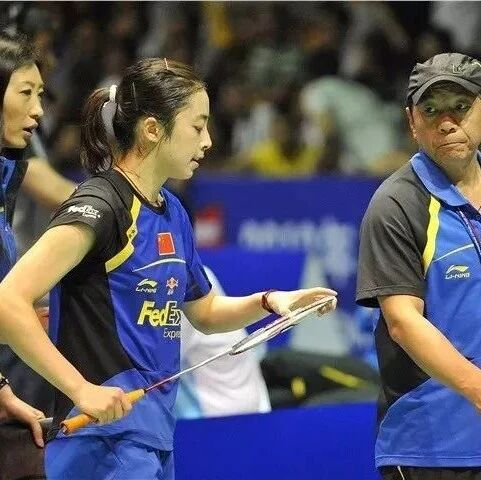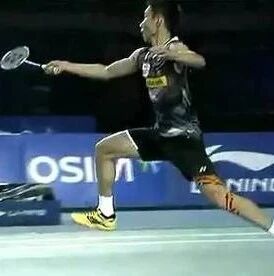How to hit a beautiful backhand high clear? Avoid these 13 common mistakes!
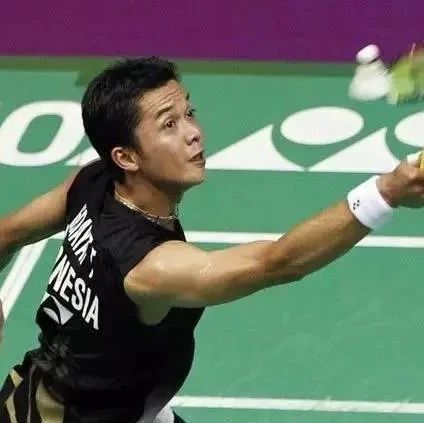
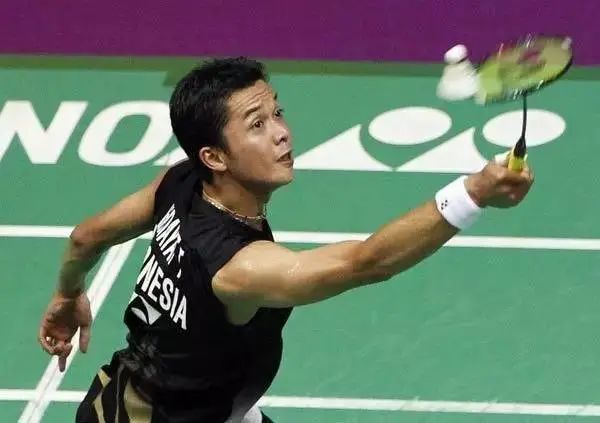
The backhand high clear has always been a pain point for amateur players, and renowned Korean coach Lee Jae-bok once thoroughly addressed 13 common misconceptions about this shot. Hopefully, this will prove helpful for recreational badminton enthusiasts. Of course, every badminton coach has their own unique perspective on technique, so feel free to join the discussion in the comments section!

1. Ball transfer—both inbound and outbound
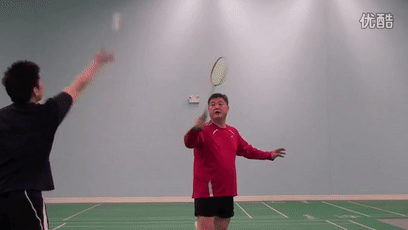
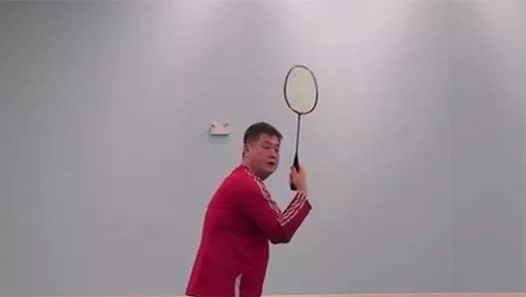
Incorrect example (unnecessary swing motion during the transfer and release)
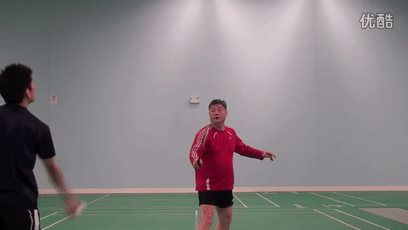
Proper demonstration (with crisp, clean movements)
When you hit a backhand, it means you’ve already become passive—and there’s no time left for those unnecessary in-and-out movements. These in-and-out motions waste valuable hitting time and can cause you to lose your intended direction.
Therefore, avoid excessive in-to-out or out-to-in movements. If you make too many large in-to-out or out-to-in motions: first, you won’t hit the ball properly; second, you might accidentally slice the clubface; and third, you’ll have no idea where your shot will end up flying.
2. Turn your head backward when hitting the ball.
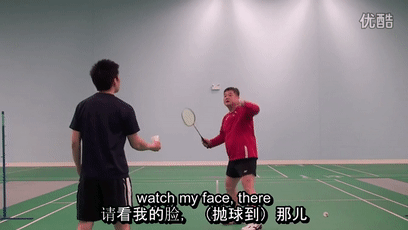
Incorrect demonstration (notice Coach Lee Jae-bok's face)
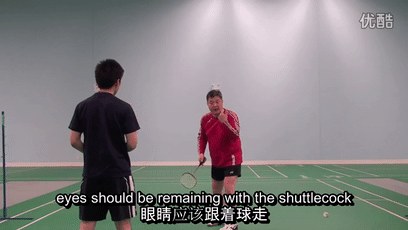
Proper demonstration
Some players, when hitting a backhand, twist their faces away in pursuit of a stylish posture—this is actually one of the main culprits ruining the quality of their backhand. When I swing the racket, my eyes must follow the ball at all times. After all, the ball, the court, and your opponent should all remain within your field of vision simultaneously.
3. The batting motion involves only one step.
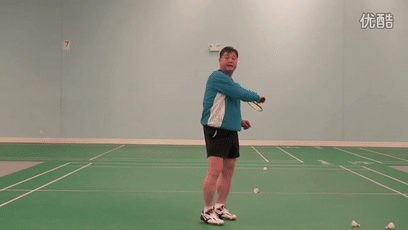
Incorrect example (such as sweeping motions, hitting too low, or failing to concentrate your power).
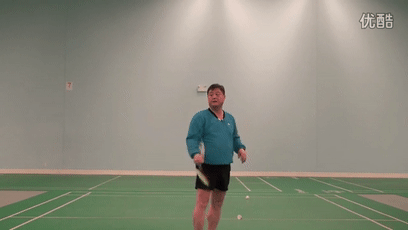
Proper technique (short, explosive power at the moment of impact)
Most beginner amateurs make this mistake when first attempting a backhand clear—they hit the ball out of play with a single, fluid motion. The proper technique, however, involves two distinct steps: first, get into the ready position, and then smoothly bring the racket across your body to strike the shuttlecock.
4. The racket follows through too much after hitting the ball
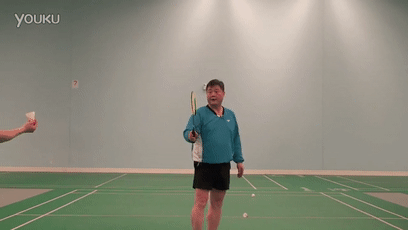
Incorrect example (with extra motion at the end of the swing)
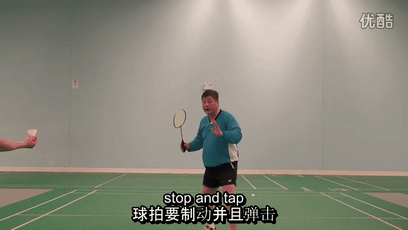
Proper demonstration
After hitting the ball, following through with the racket too much is a common mistake many players make. Beginners often believe that bigger swings generate more power, enabling them to send the ball deep into the opponent's backcourt—but in reality, this approach often backfires. The key to executing a proper backhand clear lies not in how much force you apply, but rather in mastering the timing and technique of your swing.
5. Incorrect wrist technique
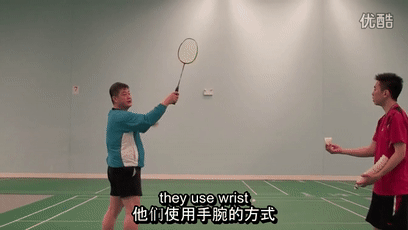
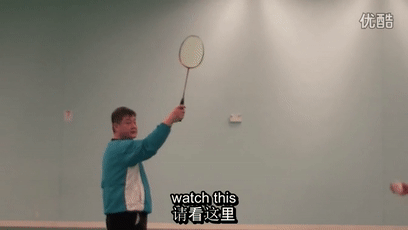
Incorrect demonstration (wrist flick)
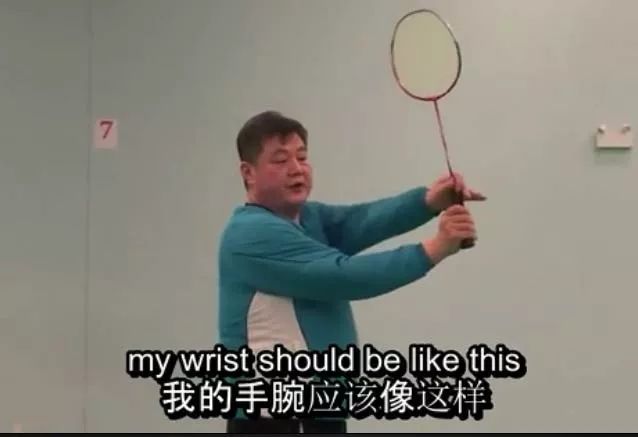
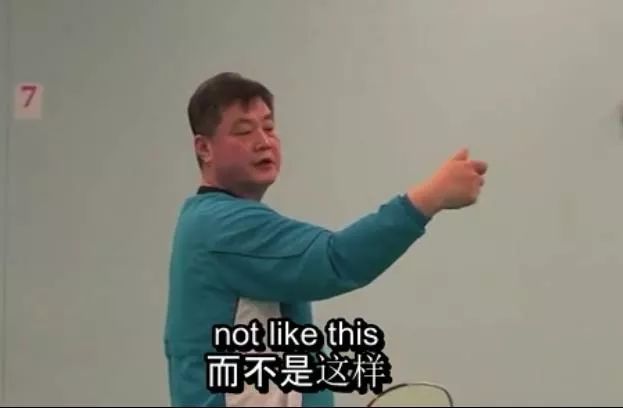
Proper demonstration
When hitting a backhand clear, many beginner players tend to over-rotate their wrists—a common misconception that can actually lead to wrist injuries.
6. Overusing the thumb
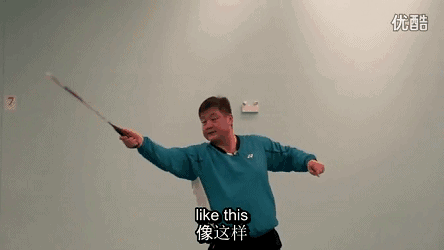
Wrong example

Proper demonstration
Many players have a misconception. They believe the thumb is essential for executing a backhand clear. While that’s true, when it comes to the backhand clear, the thumb serves only as a supporting tool—it isn’t the primary source of power.
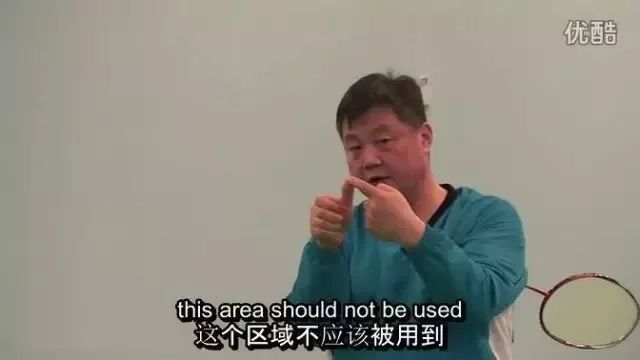
Too many players, when hitting the ball, push the racket with their thumbs—they’re essentially shoving the ball. That’s why the tips of their thumbs end up positioned right here like this. They believe it’s absolutely necessary to use their thumbs—after all, they think the thumb should be doing the pushing. But what happens as a result? Well, they’re literally just… pushing the ball!
For a backhand clear, you shouldn’t generate power this way. The tip of your thumb—this specific area—shouldn’t be engaged. Instead, for a backhand clear, you should rely on this part of your hand.
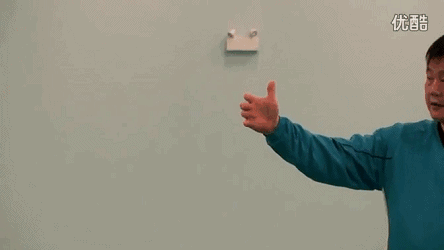
You might wonder: if you’re not using your thumb to generate the power needed for a backhand high clear, then where does the force actually come from? The answer is simple: it comes from these four fingers! It’s the coordinated pull of these four fingers that creates the power—your thumb simply provides support, not propulsion. Instead, it’s the four fingers that grip and pull the handle, delivering that explosive, snapping motion. If you try to rely on your thumb alone when hitting a backhand high clear, you’ll end up losing strength altogether. So take a moment to really feel it—your fingers are the true source of power here.
7. Don't do side steps
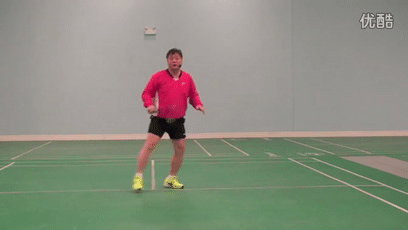
Wrong example
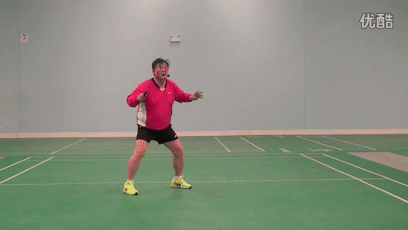
Proper demonstration
When executing a backhand clear, your footwork should involve a side step—without it, the hitting motion becomes awkward, stiff, and lacks sufficient power.
8. Strike the ball again after landing from the jump.
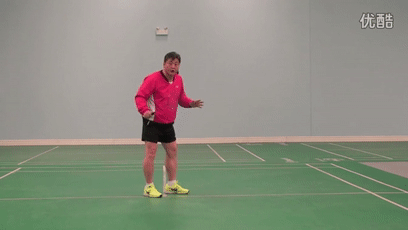
Wrong example
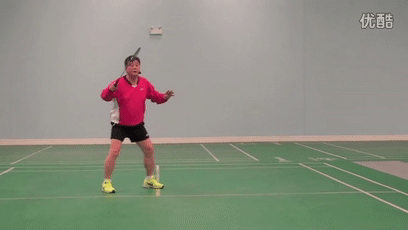
Proper demonstration
Hitting the ball after your foot has already touched the ground will cause you to miss the optimal timing for the swing. Coach Lee Jae-bok emphasizes that as your right foot lands quickly, you should simultaneously swing your racket to strike the ball.
9. Slow footwork and power-driven hitting
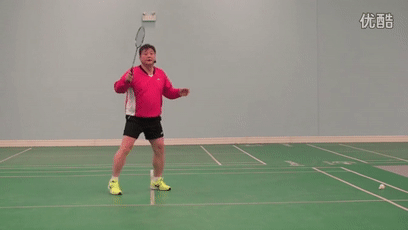
Incorrect demonstration (1 and 2 are slower, while 3 is faster during the swing)
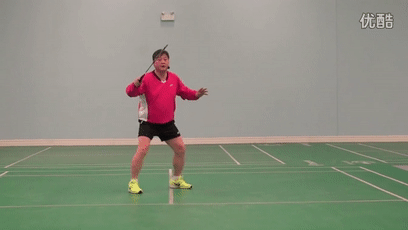
Proper demonstration (Steps 1 and 2 should be quick, while step 3—when hitting the ball—should be slightly slower).
When performing the side step, keep it short and quick. On the third step, as you strike the shuttlecock, move your right foot to the spot where the birdie is descending—but slow down that final step slightly. This is an effective way to build power in your backhand high clear. Steps 1 and 2 should be swift, while step 3, the moment of impact, requires a bit more control and patience. That way, you’ll have enough time to observe, analyze, and precisely decide where to send the shuttlecock next.
10. Holding the racket too loosely
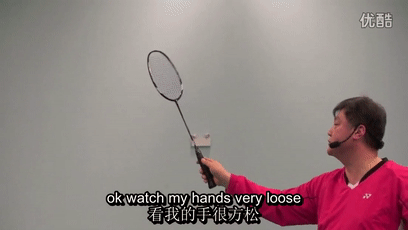
Wrong example
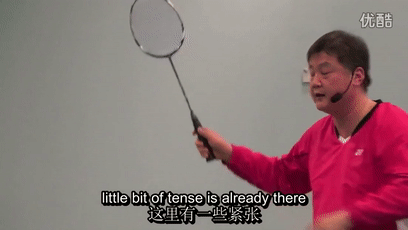
Proper demonstration
Holding the racket too tightly or too loosely can affect your power differently, but some players tend to grip it far too loosely—almost as if they’re holding it with zero force—when executing a backhand clear. This lack of control often leads to shots going off-target. Conversely, gripping the racket *too* tightly (as if applying full 10 out of 10 strength) isn’t ideal either. Coach Lee Jae-bok believes that maintaining a grip strength of just 2 to 3 out of 10 is perfectly sufficient.
11. Hitting the ball horizontally
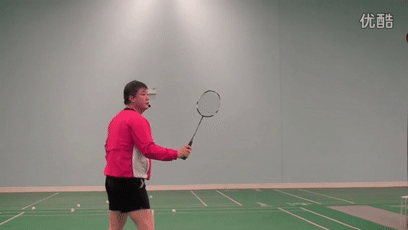
Wrong example
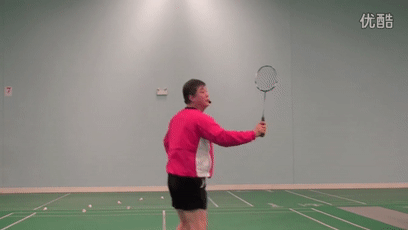
Proper demonstration
When you have ample time to execute the shot, swing the racket at an angle close to vertical relative to the ground. Hitting the ball horizontally is typically only employed in situations where you’re playing very passively.
12. The racket should be held in the center of your hand.
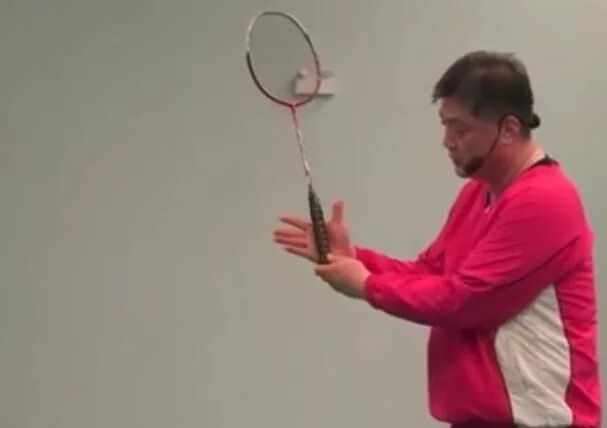
Wrong example
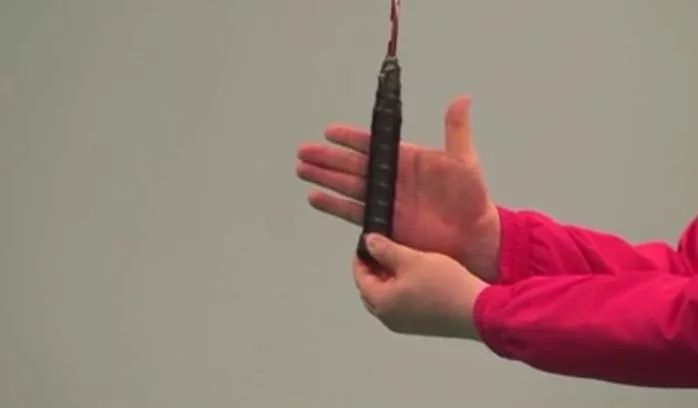
Proper demonstration of the backhand high-clear grip
The correct grip will give your backhand clear shots more power. Everyone can pick up their rackets and try out these two grip styles to feel the difference.
13. The hitting point is too far back, with your eyes facing away from the net.
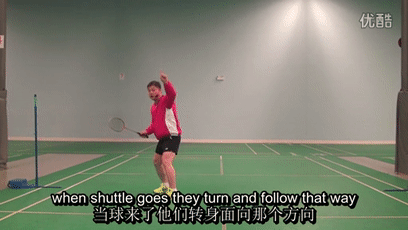
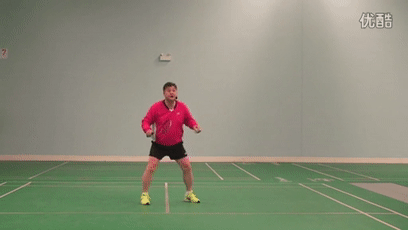
Incorrect example (hitting point is too far back, with eyes facing away from the net)
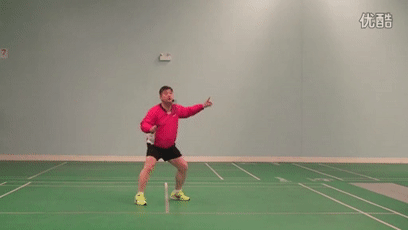
Proper demonstration
In relatively active situations, a common issue among many players is hitting the backhand high-clear shot from a point that’s too far behind—often even well beyond their body’s position. This approach forces players to rely heavily on wrist strength, which not only limits their ability to generate full power but also increases the time required to return the shot, making it harder to recover quickly for defense. Ideally, the hitting point should be positioned as close as possible to the side of your body, while keeping your eyes firmly focused on the shuttlecock.

